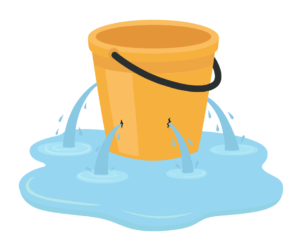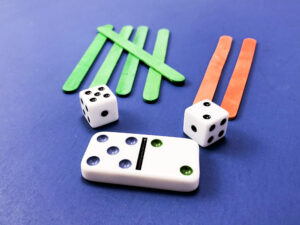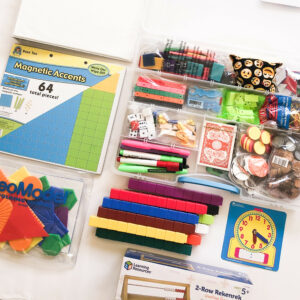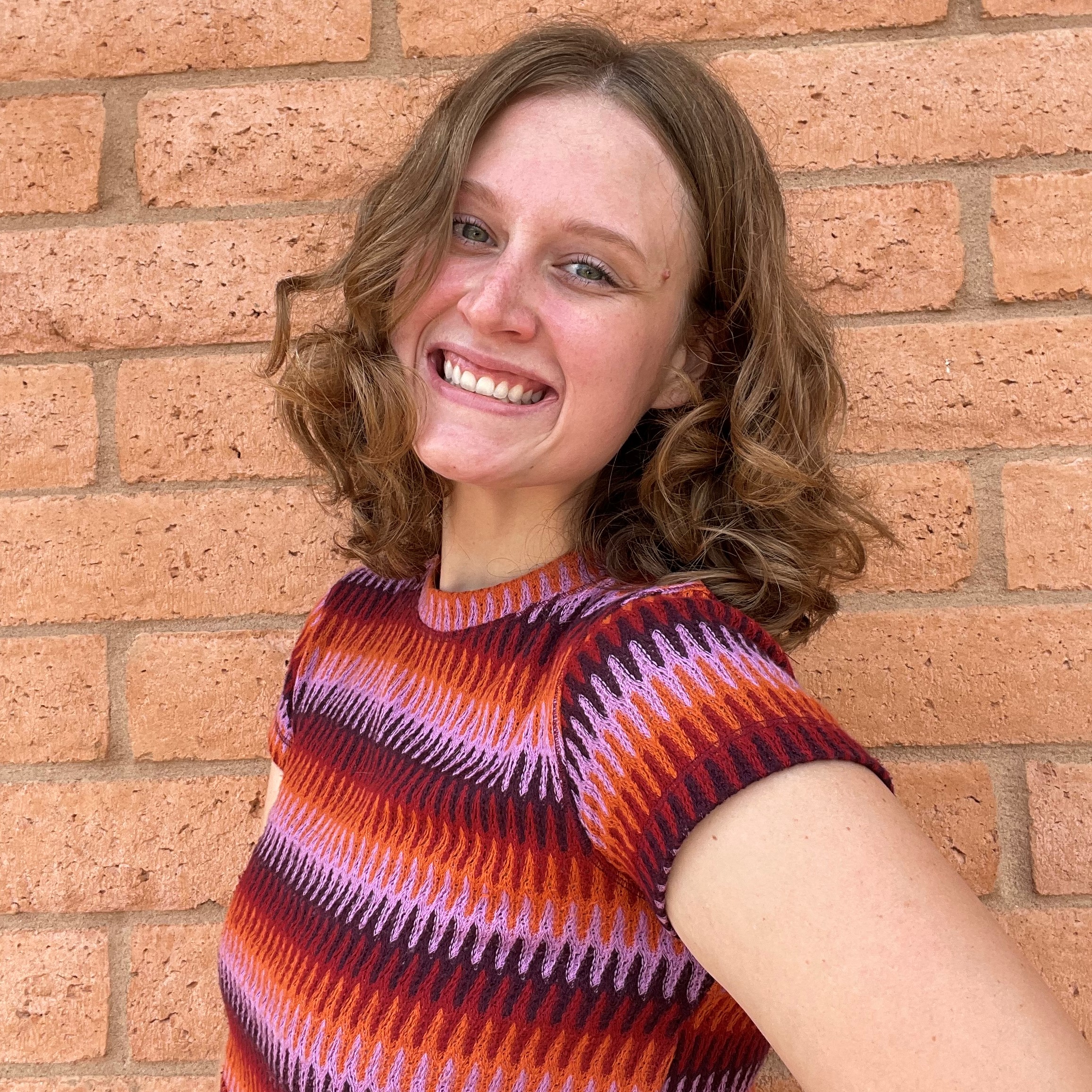Dyscalculia Interventions: How you can spark your child’s love for learning
Is math homework a constant battle? Do you find yourself struggling for answers as to why your once happy child is now crying for hours over math? If you feel like you’re lost in the dark and can’t find a lighthouse to guide you home–who do you turn to? Dyscalculia Intervention might be just what you need.
Your child might have a math learning disability, called dyscalculia.
Watch episode 6 of our series Unlocking Dyscalculia below to see what types of interventions are best for students with dyscalculia.
Table of Contents
Tutoring or Dyscalculia Intervention?
So, what’s the difference between tutoring and intervention for your child?
We like to think of tutoring as homework help or like giving a student on a sinking ship a bucket. It will just barely get them by and it’s even worse when you have a student with a math learning disability like dyscalculia. Picture the bucket having holes in it and the student frantically trying to stay afloat when they don’t have the proper skills to patch the gaps. This could be holes in remembering math facts, counting backwards, and even mixing up their left and right.

Dyscalculia Intervention, on the other hand, is targeted and measured using specific techniques. Intervention would look at your child’s knowledge from the beginning to build a strong foundation and then go up from there. Rather than trying to patch holes in the bucket, we would rebuild the base of the boat and create a strong hull to sail upon.
What type of interventions are best for students with dyscalculia?
When your child has dyscalculia they need a drastically different approach to learning math than what is taught in school and at major tutoring companies. Select an interventionist that uses multisensory learning and simultaneous visual, auditory, kinesthetic, and tactile instruction. (Do not confuse multisensory learning with learning styles, which have been debunked). It also has to be direct and specific because it is diagnostic–intervention does not guess where the student is at, but rather figures it out and starts there.
Intervention taps into multiple ways of learning to engage the brain and help the student build confidence in their abilities. Multisensory means using as many senses as possible while learning–at MFM we like to use craft sticks, blocks, counting beads, dominos and so much more to help our students understand math.

What to look for in an interventionist?
If you’re looking for an intervention program you could type into google “math intervention” or “dyscalculia intervention”. However, searches like “multisensory math tutoring” and “dyscalculia tutoring” will more than likely yield you better results. This is because people don’t really understand the difference between tutoring and intervention. If you type in “near me” you can find local intervention centers or you can choose an online approach.
At Made for Math, we are all online so location doesn’t matter. We mail you a fun box of multisensory materials that your child will use to help them learn math!

Here’s a list of people who have programs that train you on how to do math interventions:
-Marilyn Zecher
-David Berg
-Dr. Schreuder
-Dr. Steve Chinn
-Dr. Sharma
When you find what looks to be a reliable interventionist, you should confirm that they are using evidence-based research to drive their instruction and that they have heard of some of the people we have mentioned above. You can ask them if they’ve read Mathematics for Dyslexics and Dyscalculics by Steve Chinn or if they’ve been trained by Dr. Schreuder or Dr. Sharma. Ask them if they specialize in multisensory math instruction in both the content and the approach.
Bottom Line: You want someone who is using evidence-based research and who is all-in on helping your child thrive.
For educators: What you can do to provide better intervention for students with dyscalculia
Of course, we recommend the people who we named above. Some of them teach to the entire school staff–push for your admin to hire Marilyn Zecher because all math educators would benefit from her training.
Whichever program or book you choose, never give up your pursuit for knowledge about understanding dyscalculia!
If you look closely at the horizon, you can see us trying to beacon you to shore. Follow the light home to spark your child’s love for learning–we’ll be here every step of the way.
🎲 Is multisensory math right for your child? 🎲
If you’re interested in taking your child’s learning to the next level, watch one of our demo classes and sign up for solo-lessons here
MFM Authors

Jennie Miller
Marketing Assistant
is our Marketing Assistant and content creator here at Made for Math. Jennie loves being part of a company that is working to make mathematics accessible to children with dyscalculia.

